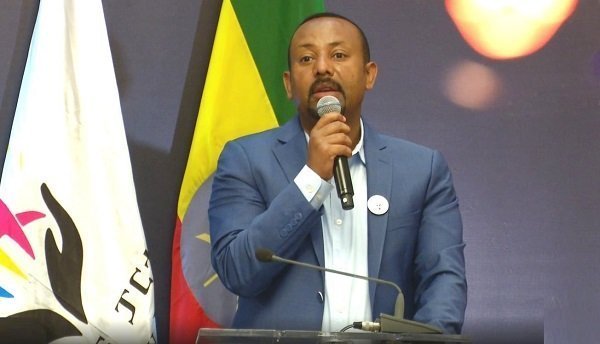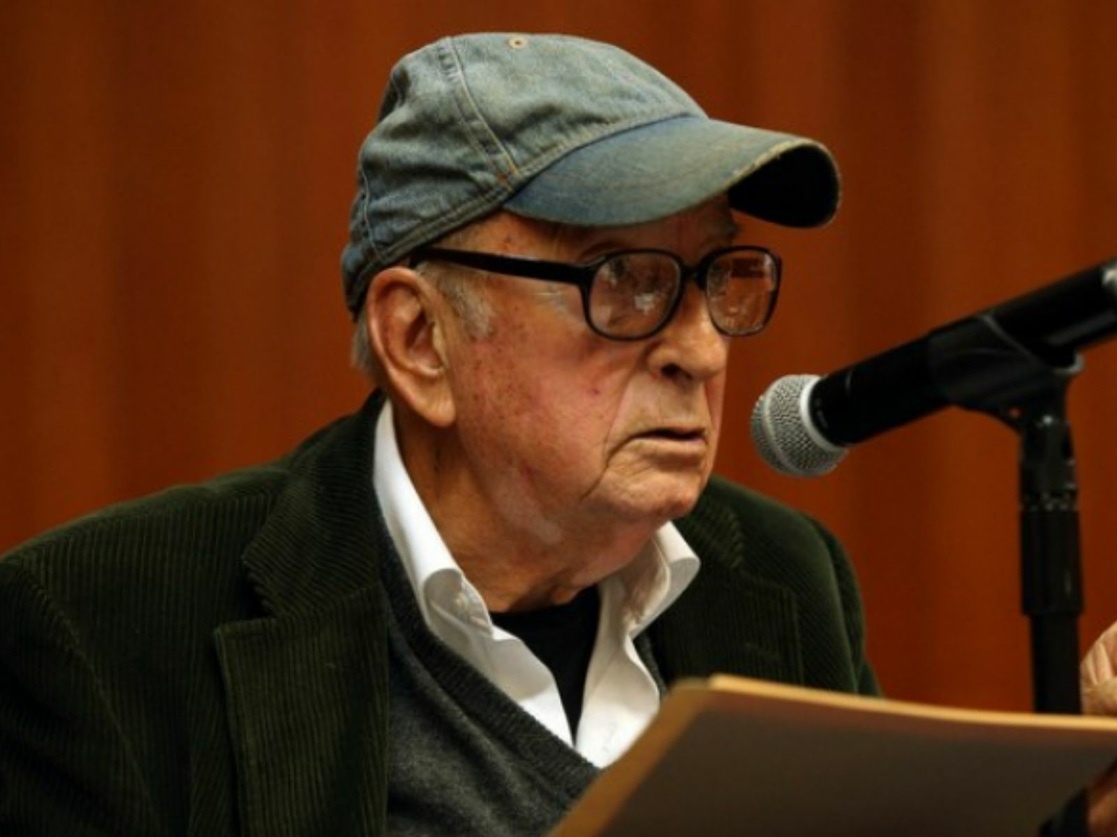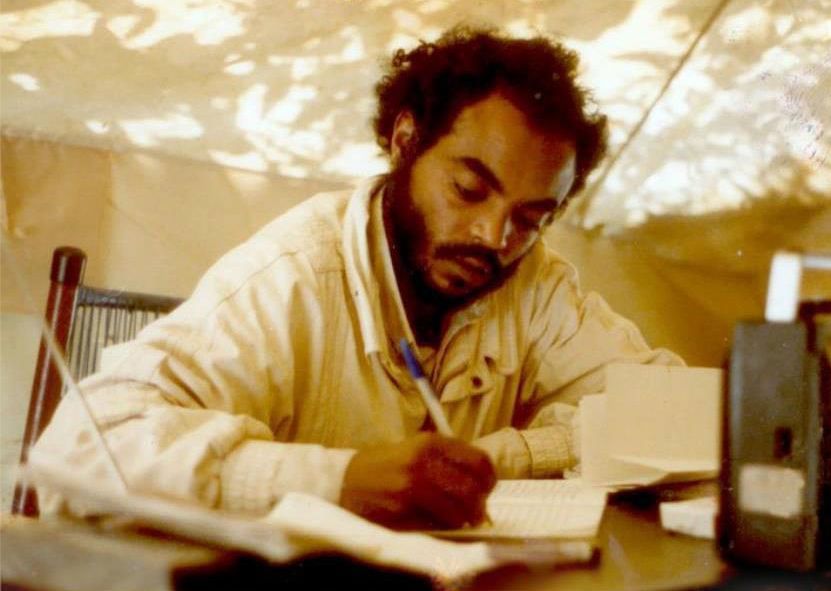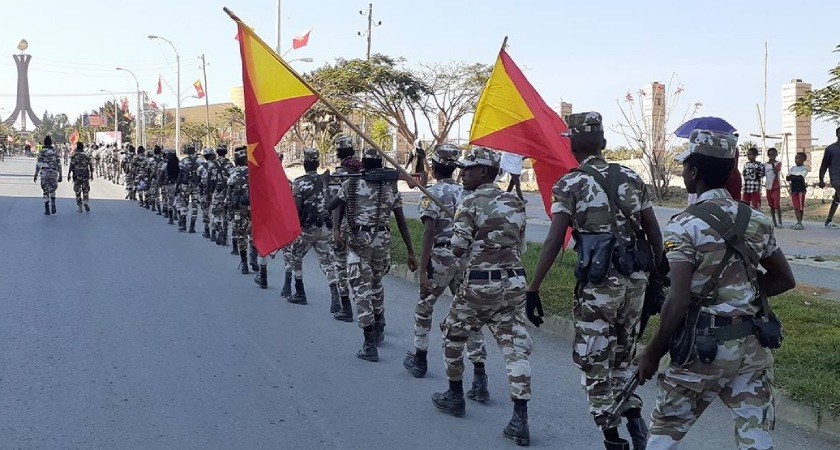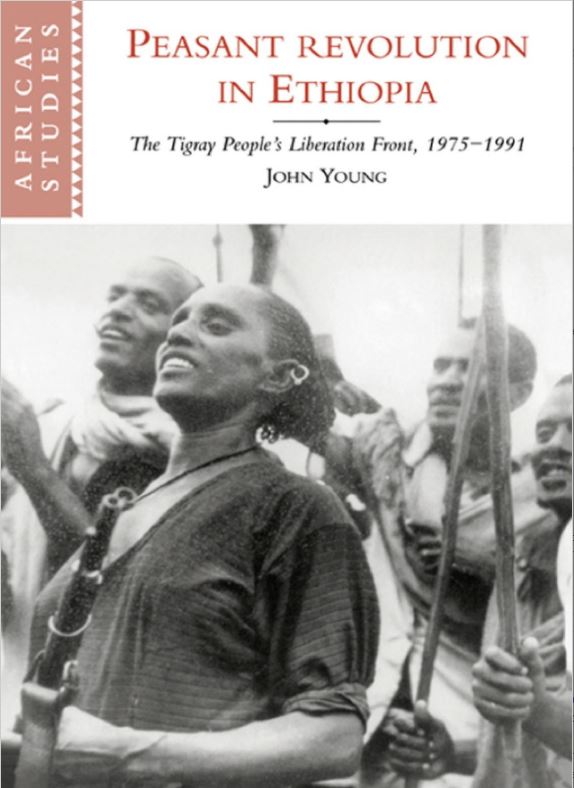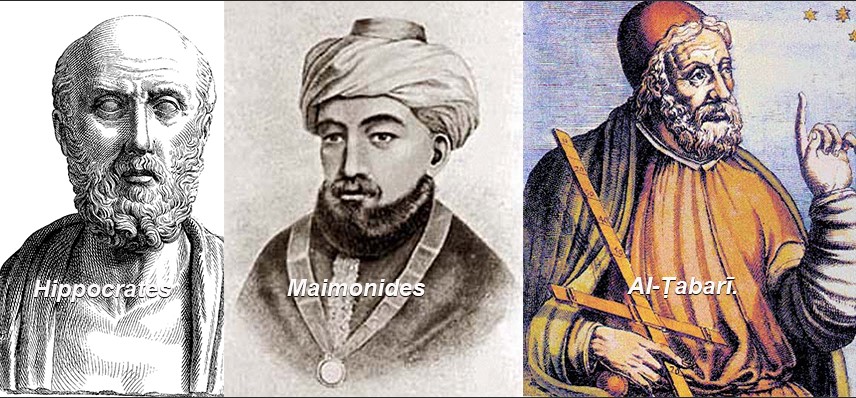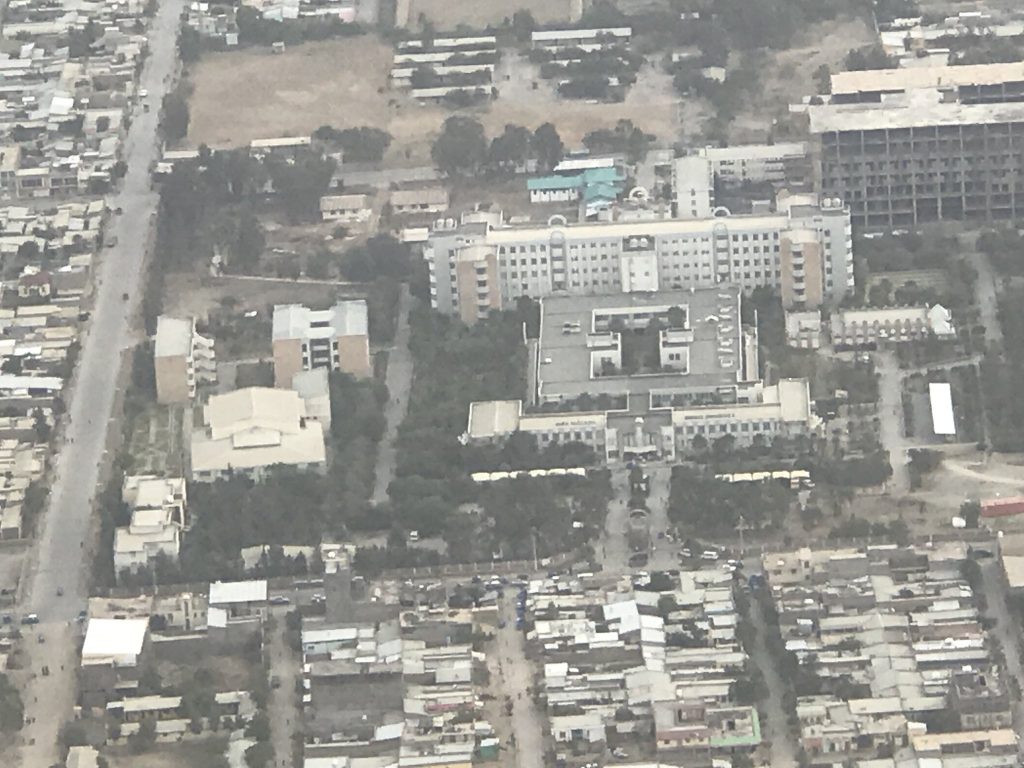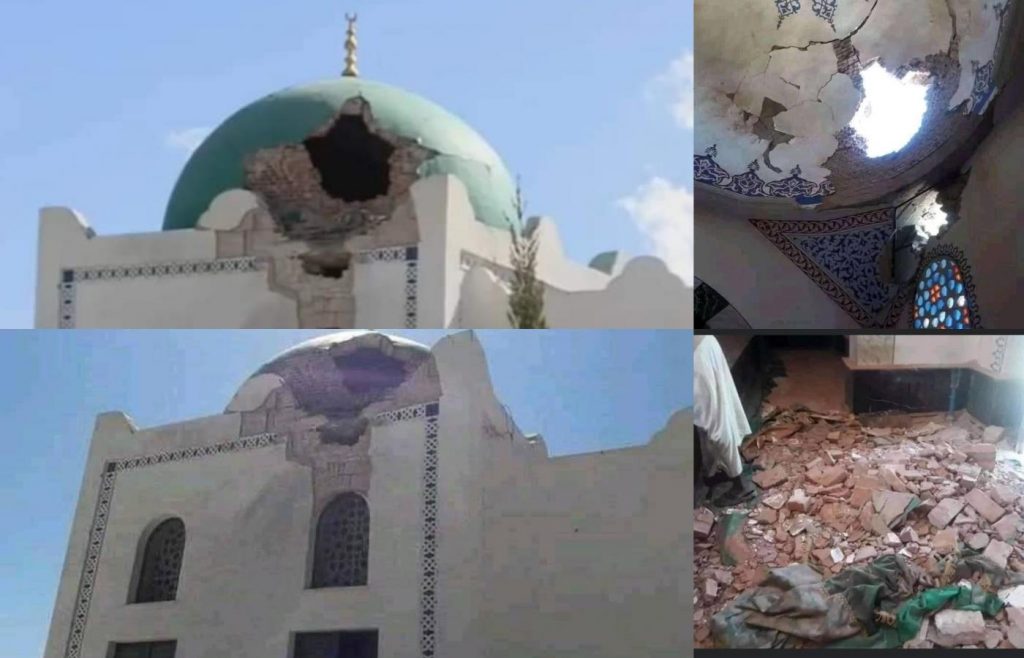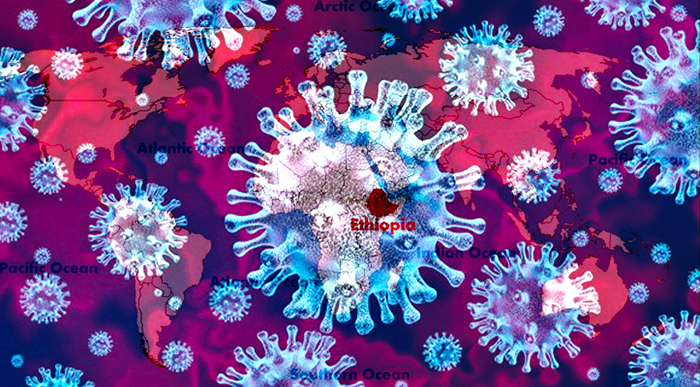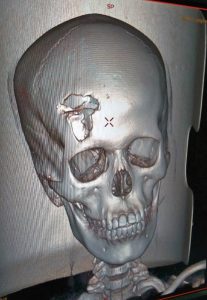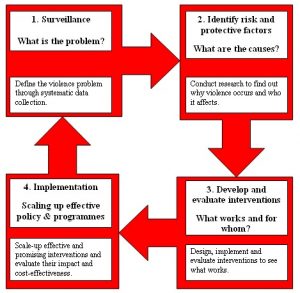The government of Ethiopia while claiming a law enforcement operation has committed genocide to the people of Tigray and turned Tigray into a concentration camp.
What is the definition of a concentration camp?
According to the highly respected encyclopedia Britannica a concentration camp is “defined as an internment centre for political prisoners and members of national or minority groups who are confined for reasons of state security, exploitation, or punishment, usually by executive decree or military order”. What the Ethiopian government has done to the Tegaru, Irob, Agaw, Kunami, Afar, Orthodox, Catholic, Christian, and Muslims who live in Tigray meets every requirement stated in this definition of a concentration camp and in every way just a deadly as those recalled from previous examples when evil predominated a society.
Actions of Ethiopia against Tigray are more than law enforcement
When the Ethiopian National Defense Forces and Eritrean Army units invaded the Regional National State of Tigray in November 2020 the leadership of Ethiopia specifically stated that was being undertaken was a law enforcement action to capture the leaders of a “terrorist group”, Tigray People’s Liberation Front (TPLF), and that there was no intent to take action against the civilians of Tigray. In fact they explicitly stated they were proceeding with this invasion to not only capture the leadership but also to protect the security and life of their “brother” Ethiopians.
At the time of invasion I was Chief of Neurosurgery and on the faculty of Mekelle University, a federal university not under the Tigray state, which had medical students and specialty trainees from almost every regional state in Ethiopia as well as surrounding countries. Additionally it administered Ayder Comprehensive Specialized Hospital which served a population of about 10 million including not only Tigray but also Afar, northern Amhara, and recently even Eritrea intermittently when the border was open. Additionally we occasionally cared for patients from Addis Ababa and the SNNP (Southern Ethiopia).
Following the complete take over of Tigray we were initially told by the Interim government and military commands that the government, medical, and educational services would be quickly restored. But instead they quickly deteriorated well before the reorganization and re-emergence of the Tigray Defense Forces. Except for a very short time of a few weeks early on the following have been cut-off and never restarted including banking services, electricity, telephone and cell, internet, water, civil infrastructure management, hospital supply, schooling, etc.
Although the Federal government claimed it was giving 70% of the trickle of very basic aid that was coming in reviews by well established international authorities revealed it was less than 3% of the total which was in itself dramatically less than required.
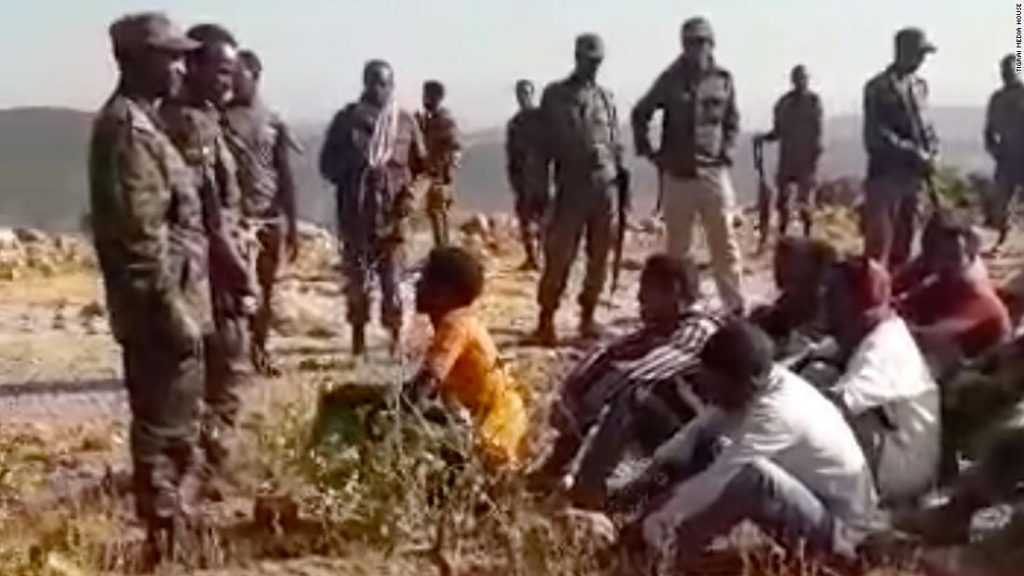
As the weeks progressed the undeniable evidence was increasingly seen that sexual abuse of women now estimated to be in the thousands, extra judicial killing of whole villages, routine execution of males even those below or above that generally considered to be militarily capable were reported even by the Ethiopian Human Rights Commission. Although there may be a possibility of some actions by Tigray militia which also require investigation the exponentially greater magnitude affecting hundreds of thousands of violation of human rights and killing by soldiers under the direct command of the Ethiopian government cannot be denied. If not stopped the number being threatened will rapidly accelerate to millions.
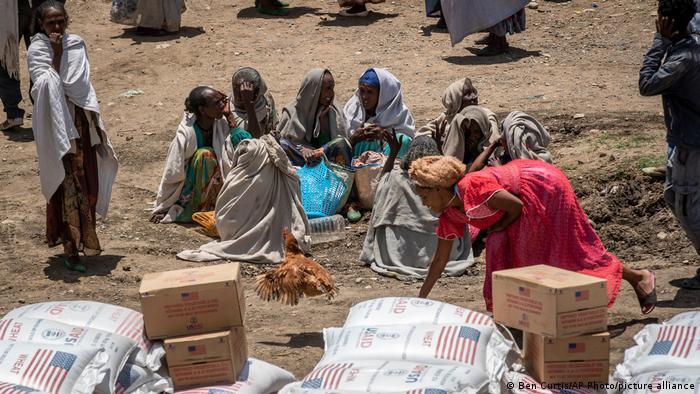
Instead of taking corrective action to improve the humanitarian situation which would possibly yield the benefit of making the civilian population of Tigray more peaceful instead new arguments surfaced from mouthpieces of the Prime Minister’s advisors that due to previous claims of unfair treatment by the TPLF that justified the violations of human rights currently underway. Videos emerged stating that every Tigray should be killed at birth. Eritrean and ENDF soldiers have stated to neutral third parties that they were instructed to rape women to destroy the chance for Tigray to have children.

Religious institutions, artifacts, and worshipers were targeted for destruction which had nothing to do with a “law enforcement” action. One of the most important Mosques in the world in Negash where the followers of Mohammed took refuge from prosecution from pagan Saudi rulers at the invitation of a Christian king was intentionally bombed and ransacked. What does that have to do with “law enforcement”? Monasteries in Western Tigray with religious texts hundreds of years old were attacked with their treasures destroyed and clergy assassinated. The ancient Ethiopian Orthodox Church which traces its roots to the early Jewish religion of Menelik I and then the Christian kingdom of Ezana in Axum was desecrated with the murder of at least 80 unarmed worshipping civilians. What does that have to do with “law enforcement”?.
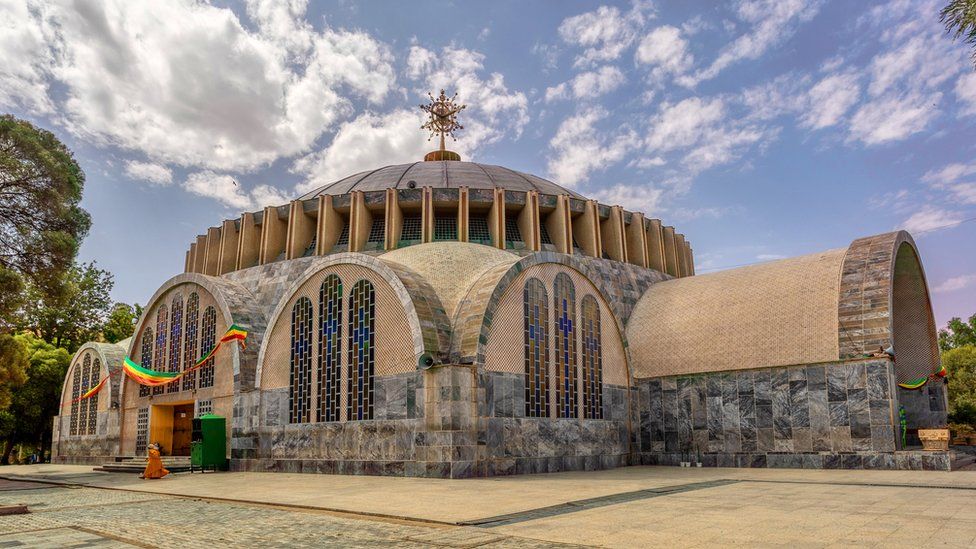
It is well documented that Eritreans, ENDF, and Somali mercenaries destroyed factories and businesses including those of foreign investors who generated income for the Ethiopian government and provided employment for civilians. Many pieces of equipment of not only these but also the national Ethio-telecom company were taken by Eritreans as war bounty to Eritrea. How does this destruction of Ethiopian federal property qualify as “law enforcement”?
The invading forces were instructed to destroy seeds and prevent farmers from planting crops. Many livestock were killed to be consumed by no one or taken to Eritrea in trucks. Both aid and commercial food supplies where blocked from entry to Tigray. Gradually both the Federal Government and the government of Amhara began to change their tune to explain this by saying that the population of Tigray was too supportive of the TDF and that NGOs were smuggling weapons with the aid. They accused organizations with much greater long standing reputations of wrong doing with no evidence instead trying to cover their own genocidal intent.
The government of Ethiopia as late as 2019 was a signatory to the Genocide Convention of the United Nations which states verbatim any of the following acts committed with intent to destroy, in whole or in part, a national, ethnical, racial or religious group, as such:
Killing members of the group;
Causing serious bodily or mental harm to members of the group;
Deliberately inflicting on the group conditions of life calculated to bring about its physical destruction in whole or in part;
Imposing measures intended to prevent births within the group;
Forcibly transferring children of the group to another group.
The treaty recognizes the following two elements of the crime
A mental element: the “intent to destroy, in whole or in part, a national, ethnical, racial or religious group, as such”; and
A physical element, which includes the following five acts, enumerated exhaustively:
Killing members of the group
Causing serious bodily or mental harm to members of the group
Deliberately inflicting on the group conditions of life calculated to bring about its physical destruction in whole or in part
Imposing measures intended to prevent births within the group
Forcibly transferring children of the group to another group


